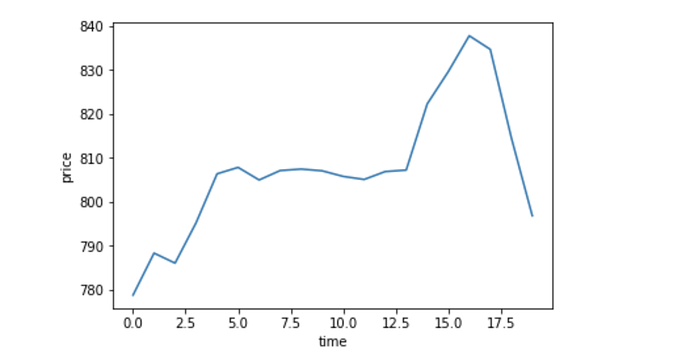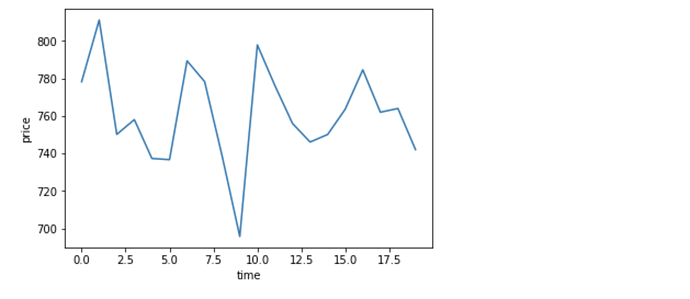I am new to Pytorch. I am trying to replicate a simple Keras LSTM model in Pytorch. Two model takes in the exact same data but the Pytorch implementation produces a significantly worse result.
In my toy project, I am doing time series prediction with Google stock price. Using past 60-day prices to predict next Open price.
Complete code available in Kaggle kernel: Buggy Pytorch Model | Kaggle
Groud Truth(Google stock price in 2017 Jan)
I would like to know what mistakes/misconfiguration did I make in my Pytorch implementation and Why I am not able to reproduce the keras model in my pytorch code . Thanks for the help !
regressor = Sequential()
regressor.add(LSTM(units=50, return_sequences = True, input_shape = (X_train.shape[1], 1)))
regressor.add(Dropout(0.2))
regressor.add(LSTM(units=50, return_sequences = True))
regressor.add(Dropout(0.2))
regressor.add(LSTM(units=50, return_sequences = True))
regressor.add(Dropout(0.2))
regressor.add(LSTM(units = 50))
regressor.add(Dropout(0.2))
regressor.add(Dense(units = 1))
regressor.compile(optimizer = "adam", loss = 'mean_squared_error')
regressor.summary()
regressor.fit(X_train,y_train, epochs=100, batch_size = 32)
Pytorch model and training loop:
def my_training_loop(m, dl, epochs):
opt = optim.Adam(m.parameters())
crit = nn.MSELoss()
for epoch in range(epochs):
accu_loss = 0
batch_count = 0
for i, (train_x, train_y) in enumerate(dl):
x = Variable(train_x.cuda())
y = train_y.cuda()
opt.zero_grad()
preds = m(x)
loss = crit(preds, y)
accu_loss += loss.item()
batch_count += 1
loss.backward()
opt.step()
print(f'Epoch: {epoch}. Loss: {accu_loss/batch_count}')
class MyLSTM(nn.Module):
def __init__(self, input_dim, hidden_dim, layer_dim, output_dim):
super().__init__()
self.layer_dim = layer_dim
self.hidden_dim = hidden_dim
self.lstm = nn.LSTM(input_size=input_dim, hidden_size=hidden_dim,\
num_layers=layer_dim,bias=True, batch_first = True,dropout=0.2)
self.dropout = nn.Dropout(p=0.2)
self.fc = nn.Linear(in_features=hidden_dim, out_features=output_dim)
def forward(self, x):
h0 = Variable(torch.zeros((self.layer_dim, x.size(0), self.hidden_dim)).cuda())
c0 = Variable(torch.zeros((self.layer_dim, x.size(0), self.hidden_dim)).cuda())
o, h = self.lstm(x, (h0,c0))
o = self.fc(self.dropout(o[:,-1,:]))
return o


